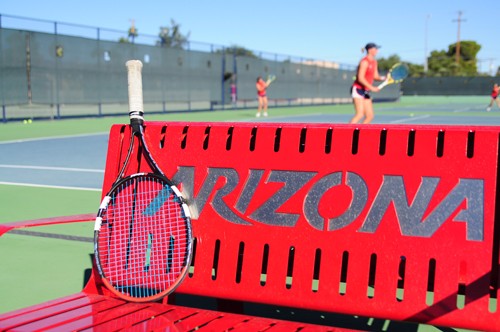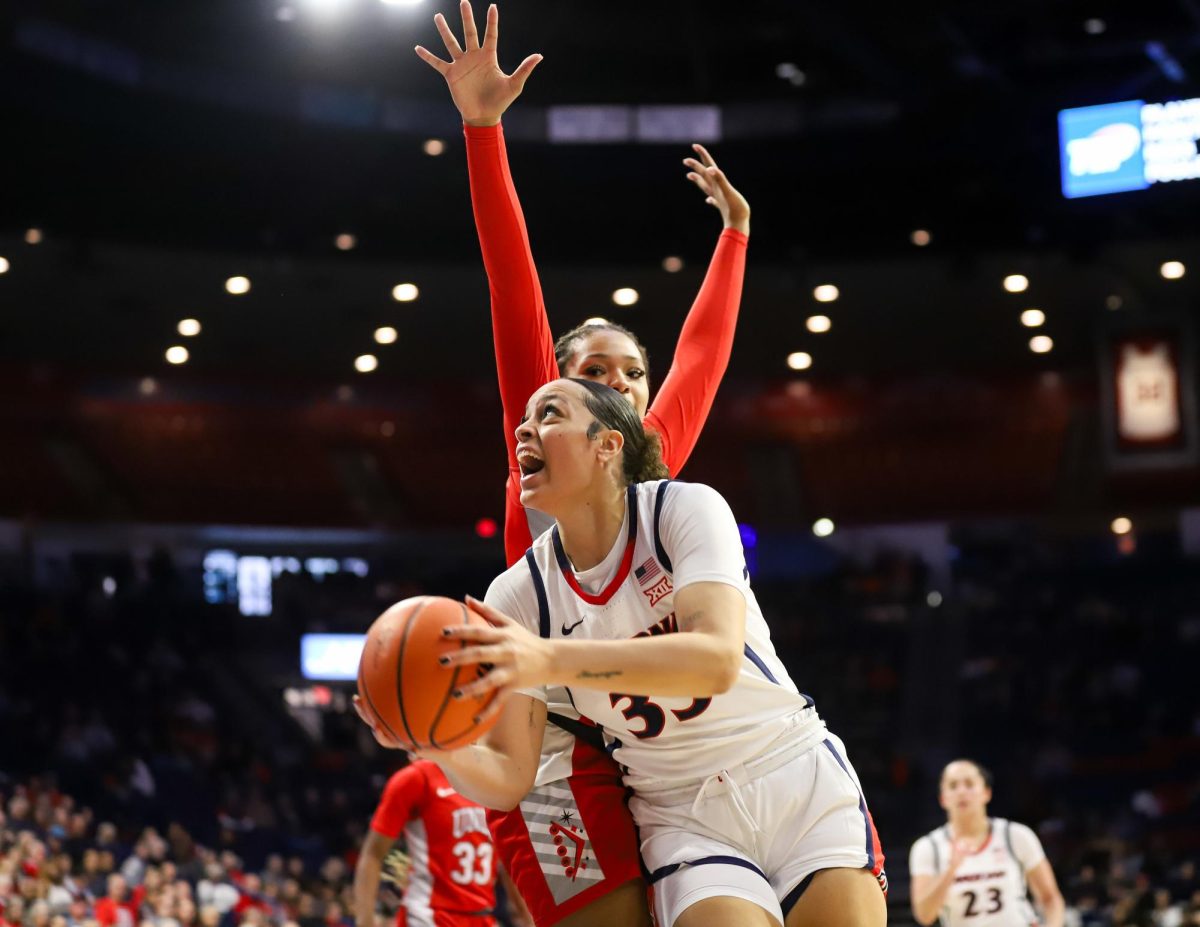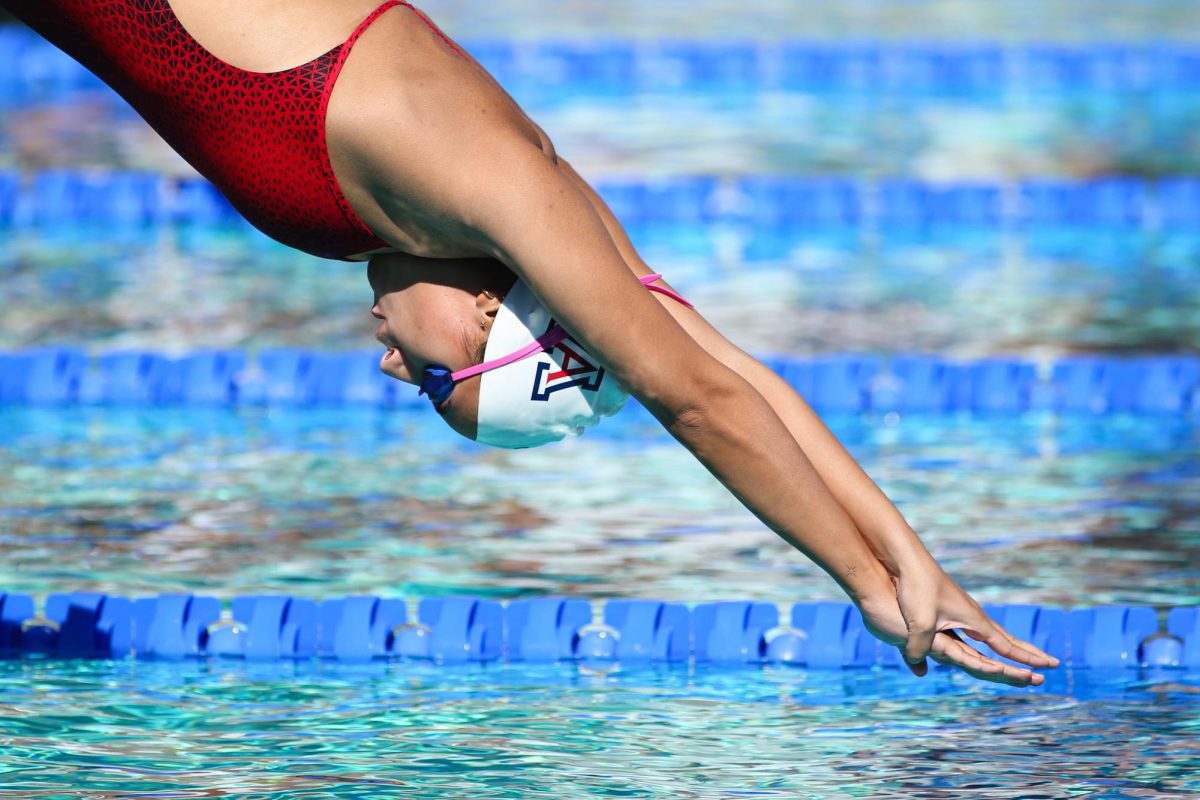Part of the appeal of tennis is the austerity of the equipment. The simple combination of a racket and a ball as a beginner can result in a lifelong sport once a player is hooked.
However, as the level of play increases, so does the complexity and intricacy of the equipment. In tennis, players become attached to certain rackets, establishing a sense of comfort with the equipment and developing a feel for how to use it.
But what’s in a tennis racket that has companies like Wilson, Babolot, Prince and Dunlop constantly looking for ways to market their product?
Members of the Arizona women’s tennis team can help answer that question and attest to the way rackets affect their play.
Wildcat senior Ariane Masschelein recently changed rackets and found the switch beneficial to her game.
“”I actually just changed to this racket,”” explained Masschelein, referring to her Babolat racket. “”I used to have another one, but I thought that one was too light. This racket is a little heavier, and it gives me a good mix between power and control.””
While Masschelein prefers her Babolot racket like professionals Rafael Nadal, Andy Roddick and Kim Clijsters, her teammate, freshman Elizabeth Hammond, prefers a Prince racket.
“”I’ve had this racket for about a year now,”” Hammond said. “”I like it because it’s light, and I feel comfortable with my control and power.””
Technology in the sport has provided today’s players with a wide array of choices, evolving the sport from a game with a basic wooden racket to one where equipment is calibrated every year by a number of different brands, all of which promise players to get the most out of their games if they play with a particular brand.
When playing at as high a level as the Arizona women’s squad does, using certain equipment can give players confidence and sometimes a competitive advantage over their opposition.
Of course, some people may ask how much a racket can really improve a player’s game.
Assistant coach Ryan Stotland believes equipment can only go so far on the courts.
“”I personally think it’s the player more than anything else,”” Stotland said. “”But the majority of people out there think the equipment makes a big difference with the amount of power and control they can hit the ball with.””
“”I think if you’re a player, you can play with anything,”” he added.
Stotland noted that it is recommended that players change their racket every year or even less. But Stotland, who played college tennis at the University of New Mexico, felt such an allegiance to his old racket that he played with the same model for 15 years. Now, with a new racket, Stotland said he didn’t make the switch by his own choice.
“”They discontinued production of it,”” he joked.
So what’s in a tennis racket? More than some may think.









